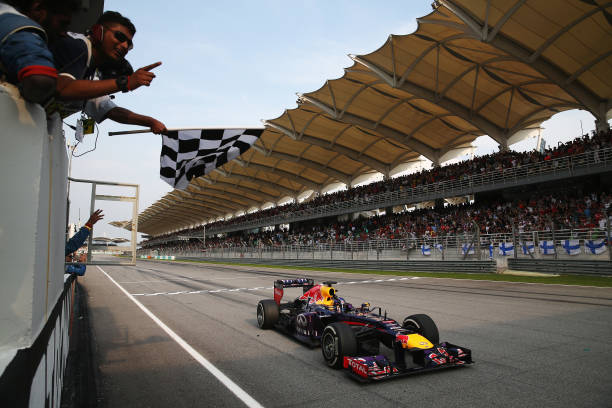Latest Episode | Cut To The Race Podcast
Max Verstappen believes the revealed reduction in weight for Formula 1 cars by 30kg in 2026 should be “at least 100-150kg”.

The FIA revealed information for two seasons ahead of the Monaco Grand Prix. Cars will be slightly shorter and narrower compared to the current ground effect cars.
The FIA revealed that cars wold drop in weight by 30kg. This has been a relief for many drivers, who have campaigned for lighter cars in recent years.
Formula 1 cars have constantly got heavier each year, making it harder for wheel-to-wheel action, especially around tracks like Monaco.
Teams could struggle
Some teams have struggled this season to run its cars at the minimm weight, having to run over the minimum weight limit. By doing this, it cost lap time, leading to Verstappen feeling that it could lead to teams struggling.
“It’s gonna be very tough with how everything is, but let’s see,” the Dutchman told Motorsport.com.
“I mean, even now, some teams are overweight, right? So, to go even kilos less… of course, I know that the dimensions change a bit, but I’m not sure that 30 kilos will be the perfect scenario.”
The three-time world champion was asked whether the FIA’s proposed 30kg decrease was enough to satisfy drivers. However, the Dutchman doesn’t believe so, saying:
“You need at least 100-150kg.”
“At the moment with how everything is, for sure it’s not possible. But that is also to do with the engine, right? Engine and battery related… it’s very heavy and long, wide.
“At the moment it’s wishful thinking but that is definitely what we need, to make it more agile and probably a bit more fun.
“Safety added a lot of weight, which of course, is good but I’m sure that we can do things a little bit differently. It depends on the regulations that you write.”

When Formula 1 cars were lighter
Formula 1 cars were significantly lighter back in the early 2010’s. This was at the time when, most notably, Sebastian Vettel dominated for Red Bull.
Drivers were able to throw the car in more and feel more responsiveness with their steering input. The lighter cars also allowed for closer wheel-to-wheel action.
Along with the decrease in weight, the cars were also a lot more smaller, making it more accessible to race at narrower tracks.
Feature Image Credit: Mark Thompson via Getty Images



